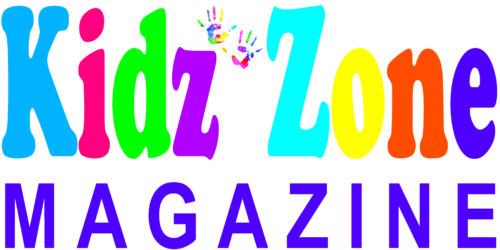Children look forward to opening their holiday presents all year. However, there are some things to keep in mind to make sure gifts are safe and appropriate.
To help you make savvy selections, PlaySafe.org from The Toy Association, the premier site for toy safety information, is offering the following guidance:
• Avoid shady sellers: This time of year can be especially costly, making it tempting to shop around. However, that low priced toy may not actually be “a good deal.”
“U.S. toy safety laws are considered the gold standard. Before reaching your home, a toy is subjected to over 100 different safety standards and tests and must be certified compliant by an independent testing laboratory,” says Joan Lawrence, The Toy Association’s “Toy Safety Mom” and senior vice president of standards and regulatory affairs. “The cheap imitations and counterfeits available online from illicit sellers haven’t met these same safety standards.”
A recent survey commissioned by The Toy Association of U.S. parents who are their household’s primary toy purchaser revealed that 71 percent of parents whose kids get holiday gifts from grandparents who shop online aren’t completely confident that their elders know how to ensure that toys are from verified sellers. In the same survey, 19 percent of parents report that their child has received a knock-off toy that was bought online.
Parents should talk to gift purchasers about sticking with verified sellers. This includes buying directly from brand websites or by following provided links to official retailers selling a brand’s products. For those who do choose to shop through lesser-known online sellers, checking out reviews and a product’s legitimacy before making a purchase is essential.
• Follow age recommendations: Playing with toys above a child’s age grade can lead to misuse and possible injury. However, 26 percent of parents in The Toy Association survey report that their kid has received a toy which was meant for kids who were older. Pay special attention to age grading on product labels and encourage family members who are also toy shopping to do the same. These are not merely suggestions, they’re firm recommendations made by safety experts based on childhood developmental stages. Find this information on labels and in product descriptions. If it’s not available, that’s a red flag and could mean the toy is illicit.
• Pay attention to toys labeled 3+: Toys labeled 3+ may contain small parts that can be a choking hazard for children under 3 or kids who still mouth toys. While these items often make great gifts for older kids, they should be stowed away after playtime to keep younger siblings safe. Not sure if a toy is small enough to be hazardous? Consider getting a Small Parts Tester to test toys and other small household objects.
• Monitor playtime: Kids find ways to play with things that are not toys, including objects that can be very dangerous if accidentally swallowed. The holiday season may introduce new curiosities to the house (e.g. batteries, high-powered magnets, decorations, medications from visiting family members). On the other hand, there is a federal law that requires batteries in toys to be kept inaccessible, thanks to the use of a locking mechanism. Keep dangerous, non-toy items out-of-reach and monitor children during playtime.
For additional toy safety information, tips and resources, visit PlaySafe.org.
“Don’t let your child unwrap a potential safety hazard this holiday season,” says Lawrence. “By shopping smart you can ensure safe play.” (StatePoint)
